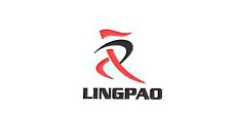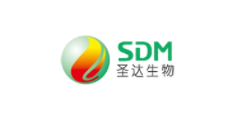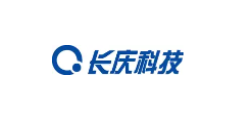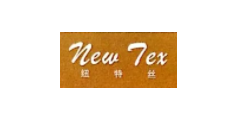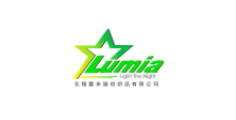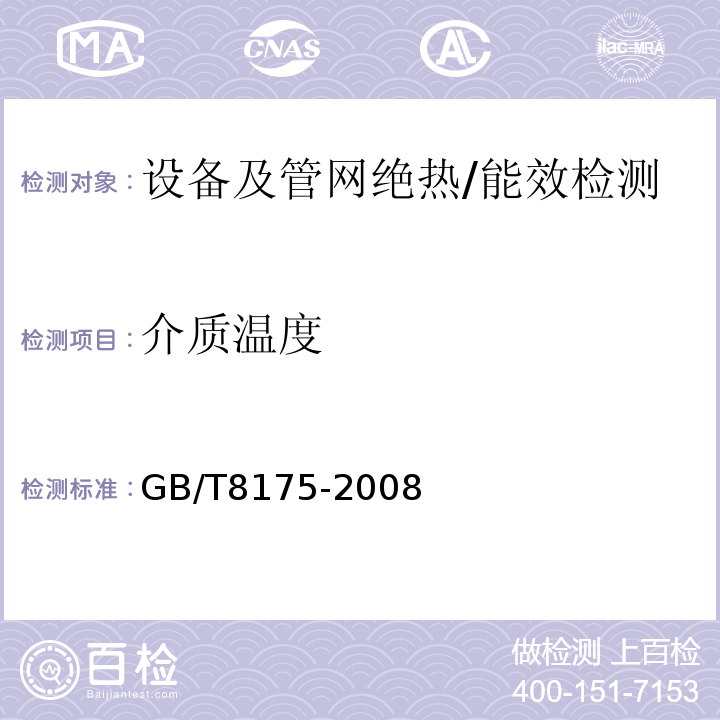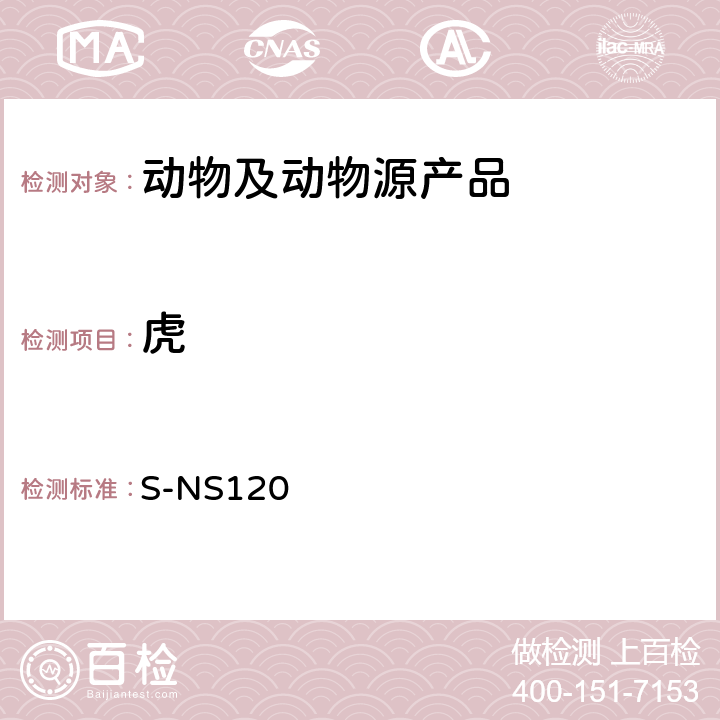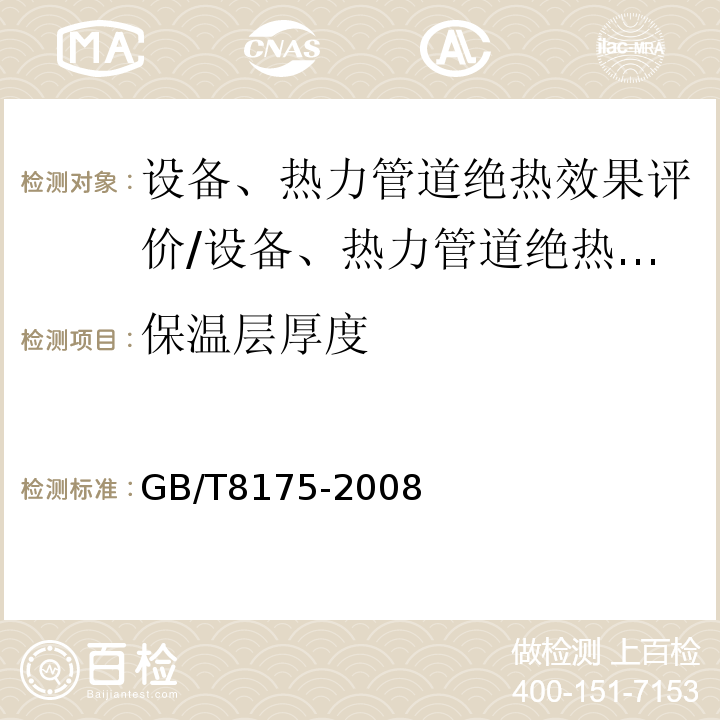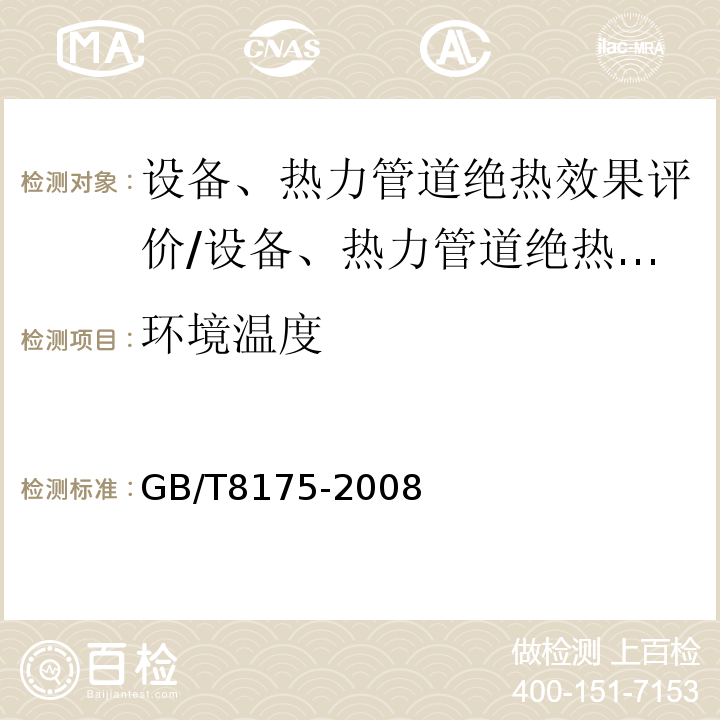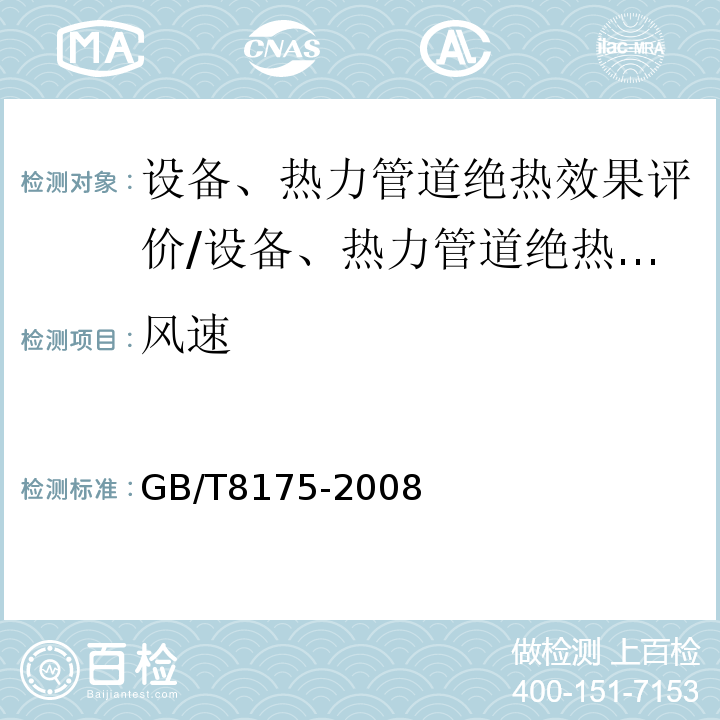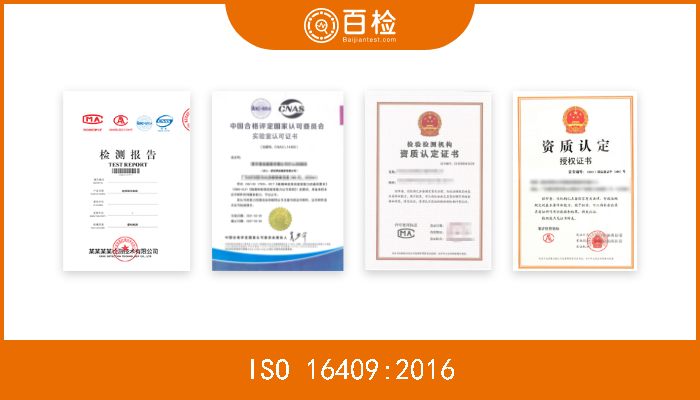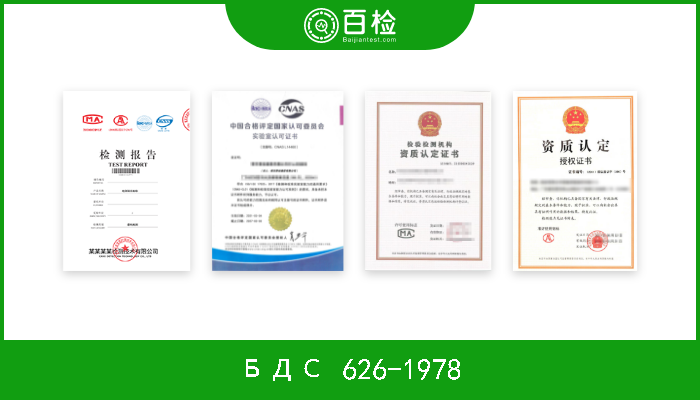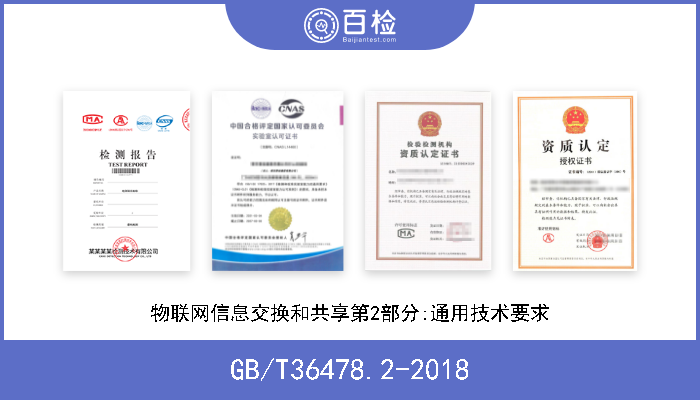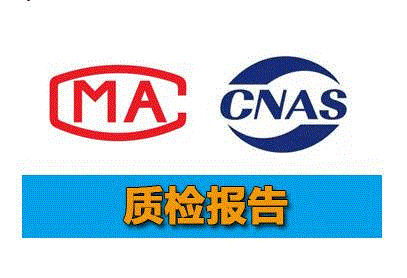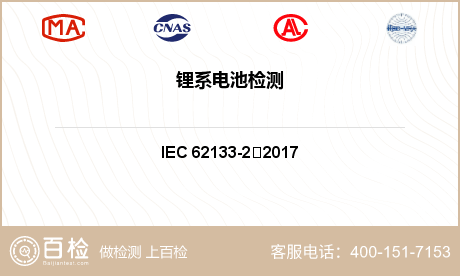NS 8175-2012
百检网 2021-07-19
标准号:NS 8175-2012
英文标准名称:Acoustic conditions in buildings - Sound classification of various types of buildings
发布日期:2012/6/1 12:00:00
实施日期:1999/12/31 12:00:00
国际标准分类号:91.120.20;900.01.02;916;900.03.13
适用范围:This standard specifies the classification of buildings into four sound classes. Class A represents the limit values providing the most superior acoustic conditions, and class D the most inferior. This standard specifies limit values for sound classes in the form of:- airborne sound insulation;- impact sound insulation;- sound level (noise level);- room acoustic quantities (reverberation time, reverberation time in relation to room height, mean sound absorption factor, speech transmission index etc.).In this standard, limit values are given for dwellings, buildings open to the public and work buildings, and apply particularly to schools and other buildings used for teaching, kindergartens, day-care facilities for schoolchildren, hospitals and care institutions, overnight accommodation, offices. For each type of building or each area of use, the limit values are divided into four sound classes according to expected use of, and requirements for, the building in relation to normally furnished rooms. All the different criteria for acoustic conditions given for a sound class shall be satisfied for a building or parts of a building to be classified in a class. The guidelines for assessing compliance are presented in annex B (informative).In order to provide for equitable use for all (universal design), in addition to criteria for room and building acoustics and limit values for sound and noise conditions, requirements are laid down for the use of sound transmission systems (audio-frequency induction loops, loudspeaker systems and the like) or other assistive technology where these are needed, cf. the Regulations on technical requirements for building works [18, 19, 20]. In addition to assistive technology, people with vision impairments use sound reflective properties of the rooms or spaces in buildings to orientate themselves.This standard can be applied to classify buildings or parts of buildings, according to the acoustic conditions in the building or to lay down requirements for acoustic conditions for entire, or parts of, buildings. It allows manufacturers to declare the sound classes for buildings and provides instructions for compliance with the sound requirements pursuant to the Regulations on technical requirements for building works. This standard also represents an opportunity to set standardised, differentiated limit values for acoustic conditions in buildings.The sound classes in this standard are linked to the measuring methods specified in Norwegian standards as given in clauses 2, 3 and 4. The limit values for the sound classes apply to in-situ measurements. The specified classes for sound levels apply to both indoor sound levels (from service equipment in the building and outdoor sound sources) and the sound levels in outdoor areas/outdoor recreation areas (from service equipment in the building or other outdoor sound sources). For classes A and B for dwellings, limit values for sound levels also apply to the use of other technical equipment (which is not fixed service equipment) in the same unit or space.
英文标准名称:Acoustic conditions in buildings - Sound classification of various types of buildings
发布日期:2012/6/1 12:00:00
实施日期:1999/12/31 12:00:00
国际标准分类号:91.120.20;900.01.02;916;900.03.13
适用范围:This standard specifies the classification of buildings into four sound classes. Class A represents the limit values providing the most superior acoustic conditions, and class D the most inferior. This standard specifies limit values for sound classes in the form of:- airborne sound insulation;- impact sound insulation;- sound level (noise level);- room acoustic quantities (reverberation time, reverberation time in relation to room height, mean sound absorption factor, speech transmission index etc.).In this standard, limit values are given for dwellings, buildings open to the public and work buildings, and apply particularly to schools and other buildings used for teaching, kindergartens, day-care facilities for schoolchildren, hospitals and care institutions, overnight accommodation, offices. For each type of building or each area of use, the limit values are divided into four sound classes according to expected use of, and requirements for, the building in relation to normally furnished rooms. All the different criteria for acoustic conditions given for a sound class shall be satisfied for a building or parts of a building to be classified in a class. The guidelines for assessing compliance are presented in annex B (informative).In order to provide for equitable use for all (universal design), in addition to criteria for room and building acoustics and limit values for sound and noise conditions, requirements are laid down for the use of sound transmission systems (audio-frequency induction loops, loudspeaker systems and the like) or other assistive technology where these are needed, cf. the Regulations on technical requirements for building works [18, 19, 20]. In addition to assistive technology, people with vision impairments use sound reflective properties of the rooms or spaces in buildings to orientate themselves.This standard can be applied to classify buildings or parts of buildings, according to the acoustic conditions in the building or to lay down requirements for acoustic conditions for entire, or parts of, buildings. It allows manufacturers to declare the sound classes for buildings and provides instructions for compliance with the sound requirements pursuant to the Regulations on technical requirements for building works. This standard also represents an opportunity to set standardised, differentiated limit values for acoustic conditions in buildings.The sound classes in this standard are linked to the measuring methods specified in Norwegian standards as given in clauses 2, 3 and 4. The limit values for the sound classes apply to in-situ measurements. The specified classes for sound levels apply to both indoor sound levels (from service equipment in the building and outdoor sound sources) and the sound levels in outdoor areas/outdoor recreation areas (from service equipment in the building or other outdoor sound sources). For classes A and B for dwellings, limit values for sound levels also apply to the use of other technical equipment (which is not fixed service equipment) in the same unit or space.
百检能给您带来哪些改变?
1、检测行业全覆盖,满足不同的检测;
2、实验室全覆盖,就近分配本地化检测;
3、工程师一对一服务,让检测更精准;
4、免费初检,初检不收取检测费用;
5、自助下单 快递免费上门取样;
6、周期短,费用低,服务周到;
7、拥有CMA、CNAS、CAL等权威资质;
8、检测报告权威有效、中国通用;
客户案例展示
相关商品
版权与免责声明
①本网注名来源于“互联网”的所有作品,版权归原作者或者来源机构所有,如果有涉及作品内容、版权等问题,请在作品发表之日起一个月内与本网联系,联系邮箱service@baijiantest.com,否则视为默认百检网有权进行转载。
②本网注名来源于“百检网”的所有作品,版权归百检网所有,未经本网授权不得转载、摘编或利用其它方式使用。想要转载本网作品,请联系:service@baijiantest.com。已获本网授权的作品,应在授权范围内使用,并注明"来源:百检网"。违者本网将追究相关法律责任。
③本网所载作品仅代表作者独立观点,不代表百检立场,用户需作出独立判断,如有异议或投诉,请联系service@baijiantest.com

